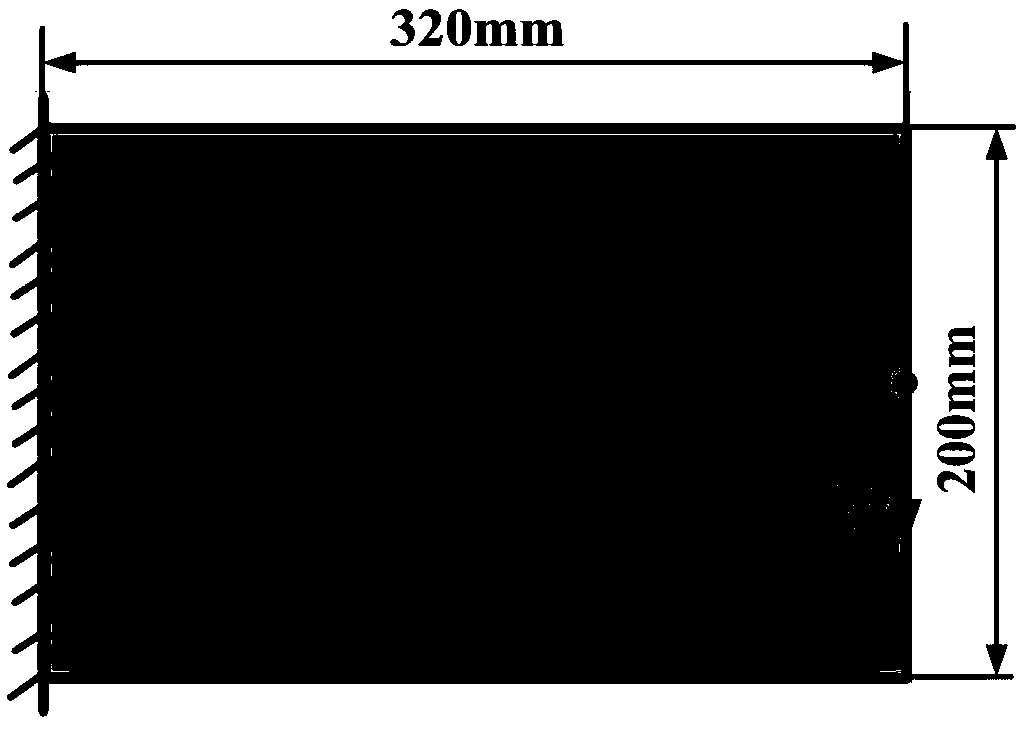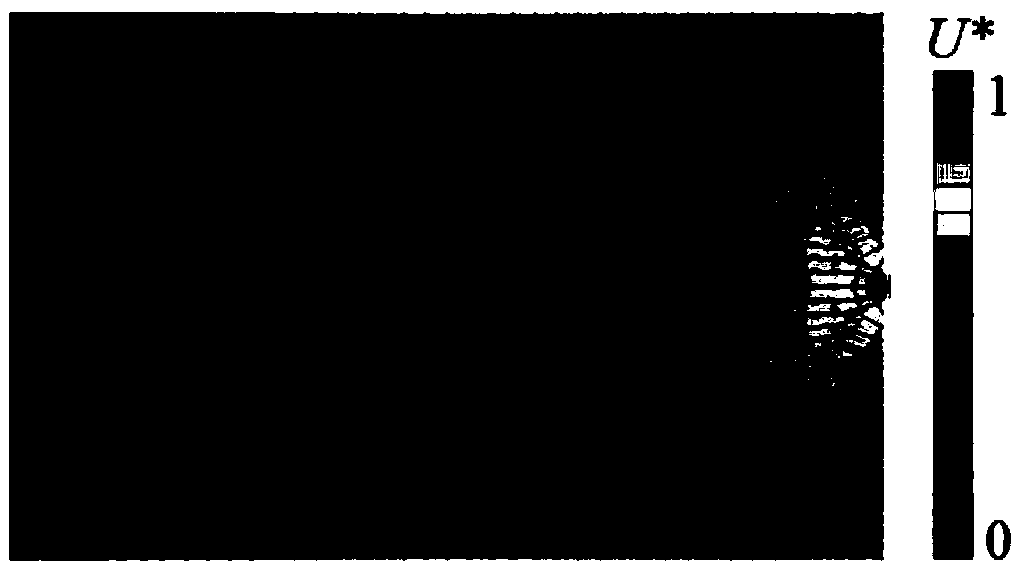Visualization method of load transfer path of bearing structure based on the principle of stiffness change
A load-bearing structure and stiffness change technology, applied in the direction of electrical digital data processing, special data processing applications, instruments, etc., can solve the problems of unequal size, inability to accurately describe the transmission path, etc., and achieve the effect of clear configuration
- Summary
- Abstract
- Description
- Claims
- Application Information
AI Technical Summary
Problems solved by technology
Method used
Image
Examples
Embodiment Construction
[0027] In the following, the present invention will be further described in conjunction with the embodiment of the visualization of the load path when the cantilever beam structure of 320mm*200mm*5mm is loaded.
[0028] A method for visualizing the load transfer path of a bearing structure based on the principle of stiffness variation, including the following steps:
[0029] 1) Solve the U* field of the load-bearing structure: use the finite element method to model the cantilever beam structure, apply constraints and loads, and calculate the U* value of each node in the load-bearing structure, and then obtain the U* field by interpolation. The method of solving the U* value of a certain point in the structure is as follows:
[0030]
[0031] In the formula, U is the strain energy of the load-bearing structure under the original constraints and loads; U' is the structural strain energy of the load-bearing structure after adding full constraints to the target point on the bas...
PUM
 Login to View More
Login to View More Abstract
Description
Claims
Application Information
 Login to View More
Login to View More - R&D
- Intellectual Property
- Life Sciences
- Materials
- Tech Scout
- Unparalleled Data Quality
- Higher Quality Content
- 60% Fewer Hallucinations
Browse by: Latest US Patents, China's latest patents, Technical Efficacy Thesaurus, Application Domain, Technology Topic, Popular Technical Reports.
© 2025 PatSnap. All rights reserved.Legal|Privacy policy|Modern Slavery Act Transparency Statement|Sitemap|About US| Contact US: help@patsnap.com



